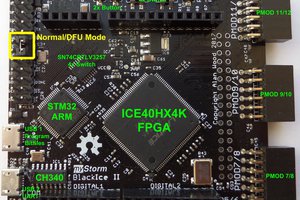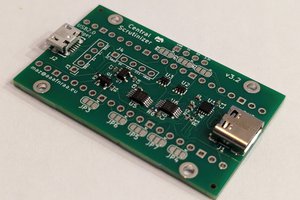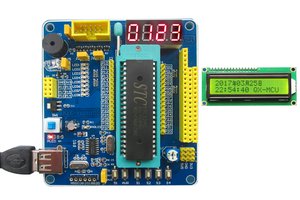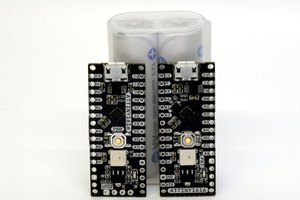There's a few reasons I'm working on this besides just creating yet another little ARM Cortex-M dev board:
- I've had plans in the works for a beefier Cortex-M0+ board for a while now, and this is, in a way, a first step towards that
- I really like NXP's Cortex-M parts, and the LPC8xx series is especially cool considering the low price and plentiful features (the LPC824 being the "top of the" LPC8xx)
- It's an excuse for me to start playing with the CP2110 HID USB-UART IC, which is one of the cheapest USB-UART chips I could find, and is HID based so it doesn't need any drivers (and it's easy to do more than just plain old USB-UART with it)
- It's a chance to see if it's actually annoying to use 2mm expansion headers instead of 2.54mm
 Alex Hiam
Alex Hiam




 Ken Yap
Ken Yap
 andriy.malyshenko
andriy.malyshenko
Just wondering - why not use a microcontroller with inbuilt USB bootloader/use the factory bootloader? Many arm chips have this nowadays, either with a ROM bootloader or they come pre-flashed from the factory with a bootloader. An example would be the Freescale/NXP MKL27Z (although there is probably an equivalent NXP part): http://www.digikey.com/product-detail/en/freescale-semiconductor-nxp/MKL27Z32VFM4/MKL27Z32VFM4-ND/5361438 . Bootloader is in ROM so you can't lock yourself out (unless you set the appropriate fuse bits).
$2.32 in quantity 1
I guess if you made another version of the board without the usb uart section then it would be worth it, to keep 'deployed product' costs down.